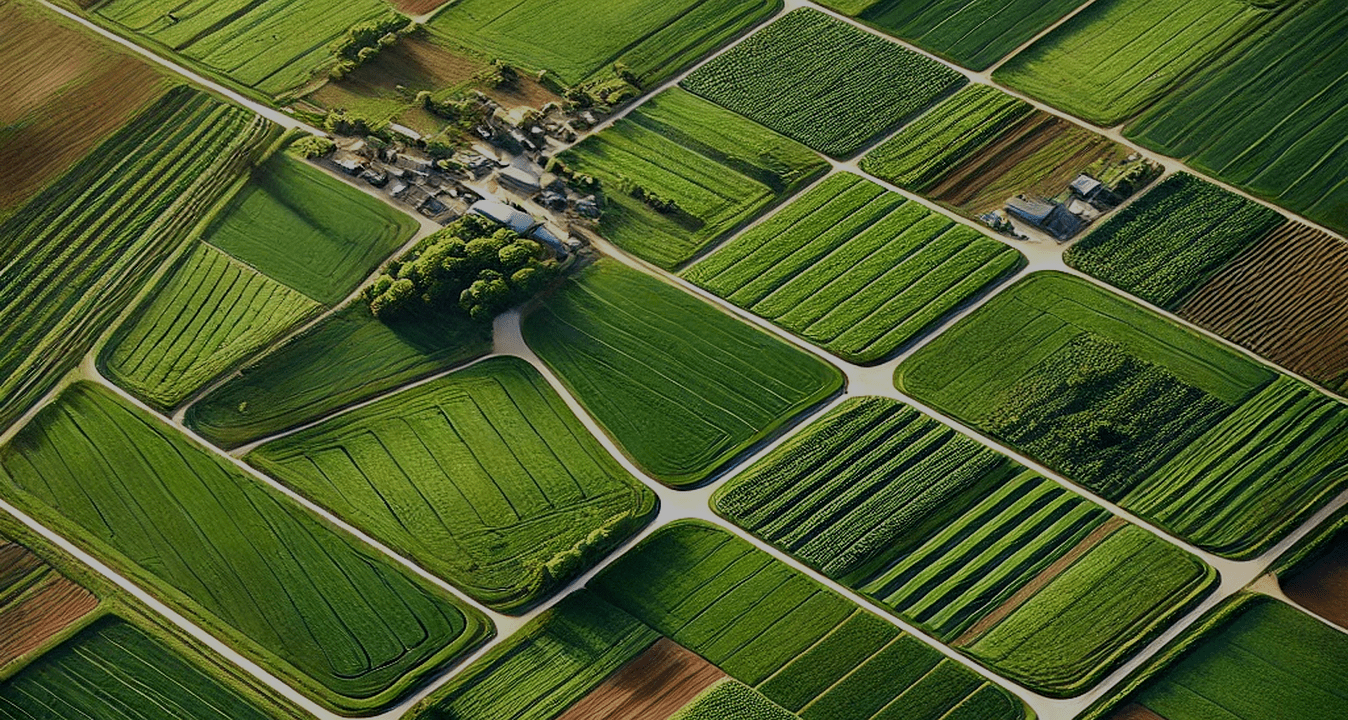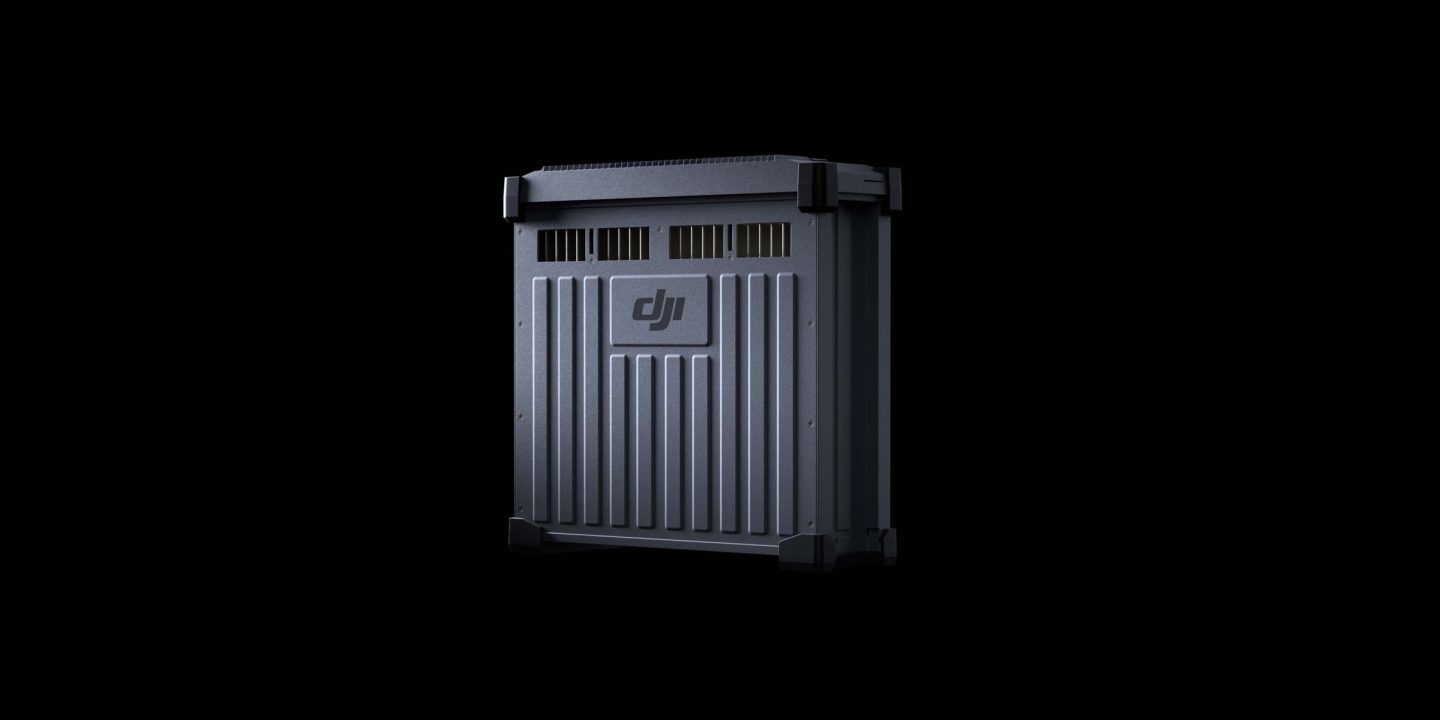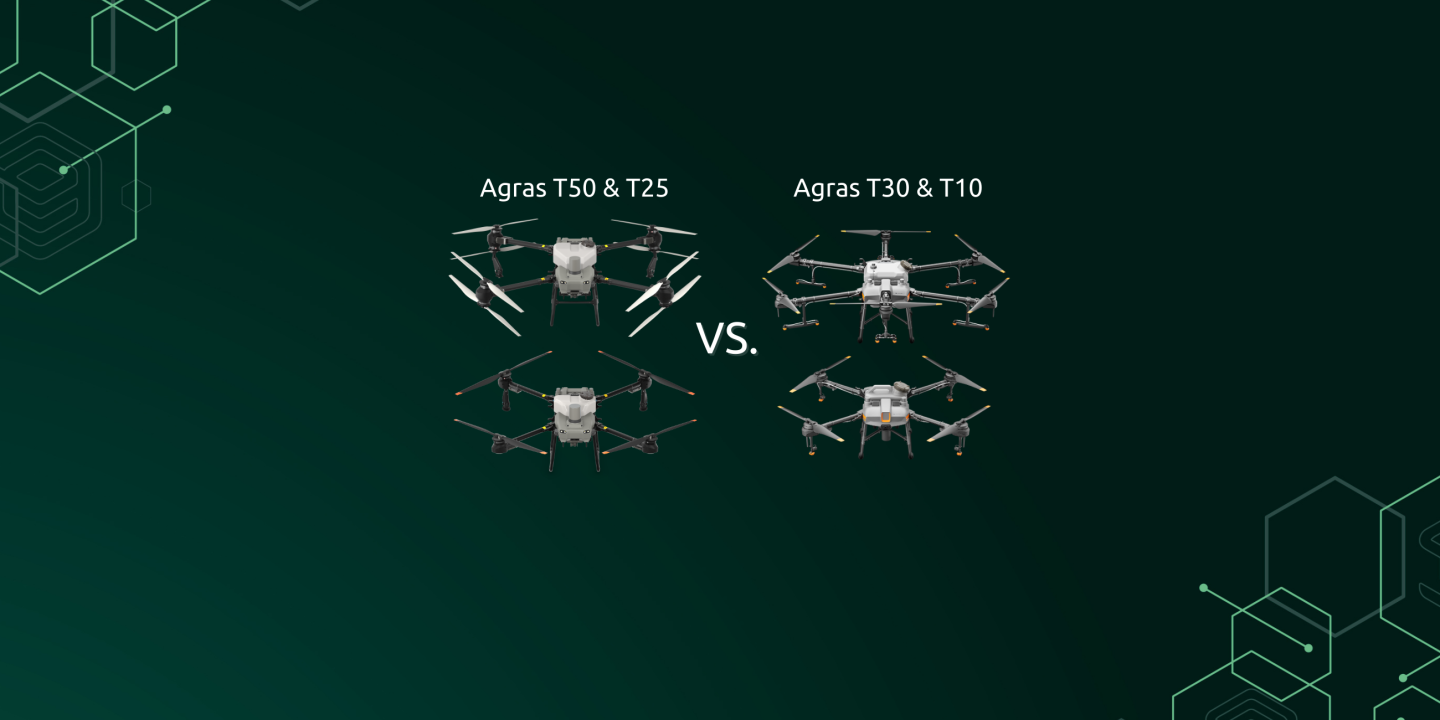With the use of technology comes the data, technical parameters or knowledge required to operate it.
Agriculture as such is a complex long-distance run, consisting of a number of smaller processes set up to work together to produce a final product. It is no different with the use of drones in agriculture. The actual flying and application has a lot of smaller processes behind it needed for the drone to be able to fly at all, let alone apply the necessary products to the intended location.
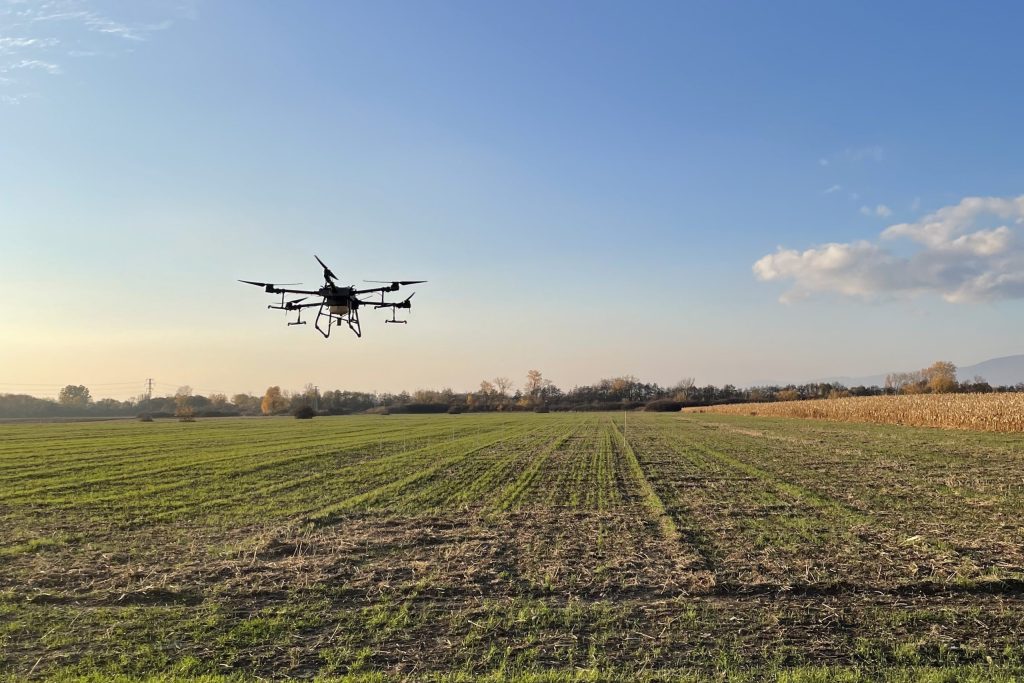
Flight hight vs. spray width
As you can read on the official DJI website, the most used drone in Slovakia: the DJI Agras T30 has a maximum spray width of 9 meters. However, the question remains “at what height does it have 9 meters and how does the cone change with respect to the decreasing height?”. Our company has therefore decided to obtain these data (and many others, which we will discuss below) directly from the field. Testing consisted of placing 11 posts with a 1 metre spacing between each post. Each single post had an indicator paper attached to it to ensure that we could see the accuracy of the spray. The only thing that could affect our testing was the changeable weather – especially the wind. Therefore, we ran the testing multiple times to make sure we had wind-free and accurate results. The flights were carried out with the DJI Agras T30 drone at different heights of 1, 2, 3, 4 and 5 meters above the ground. The result of the testing showed that the spray cone is variable up to a height of 4 metres above the ground (or vegetation), after a height of 4 metres the cone does not expand but then falls perpendicularly to the ground (or vegetation).
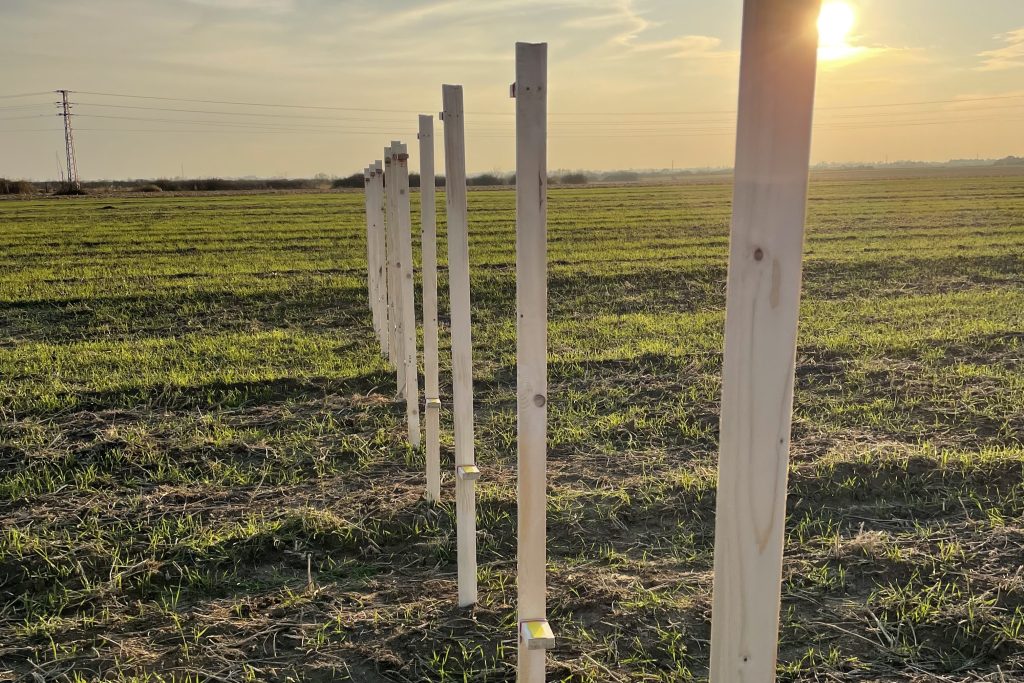
Drop size and coverage
One of the main questions about the effectiveness of drone application is the size and amount of droplets. In our experiment, we have also emphasized on solving this issue and the possibility of providing facts to customers who are interested in this issue. In the experiment with indicator papers, we examined the coverage at different application rates. The experiment was carried out at 6, 8 and 10 litres per hectare with nozzles of model XR TEEJET 11001VS The conclusion that could be drawn from repeated, multiple testing was that the drone technology can apply even at a rate of 10 l/ha more complex products, or products that require greater coverage, i.e. a greater number of droplets per cm². These additives are, for example, fungicides, which require a coverage of at least 60 droplets per cm². According to the indication papers and repeated trials, we recorded a coverage at a dose of 10 l/ha of just 60 droplets per cm², which confirms the maximum efficiency of work at doses >10 l/ha.
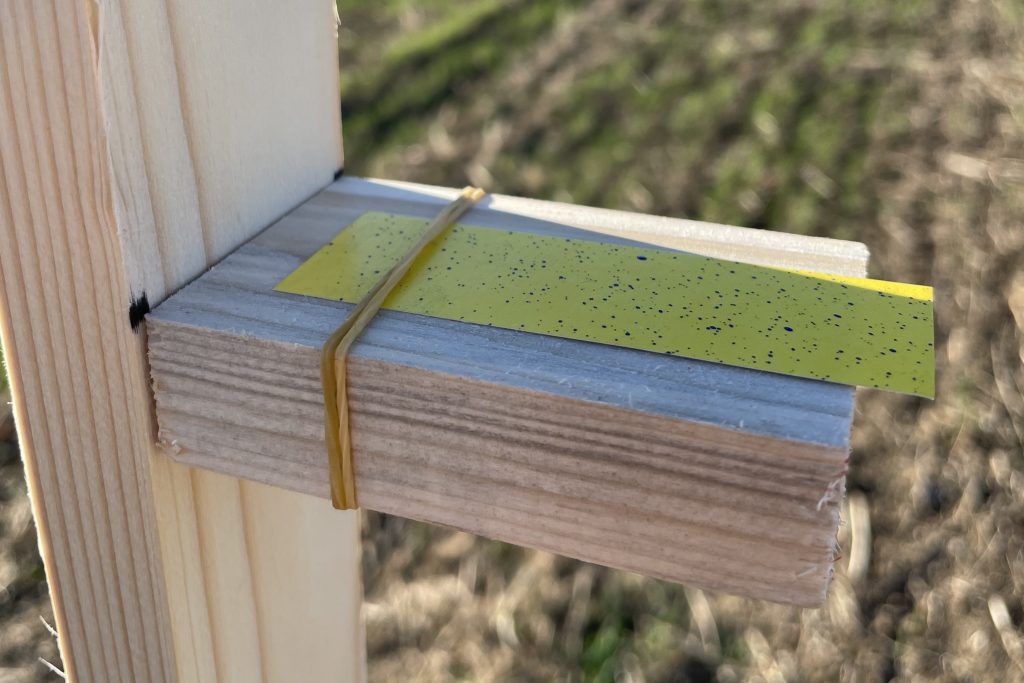
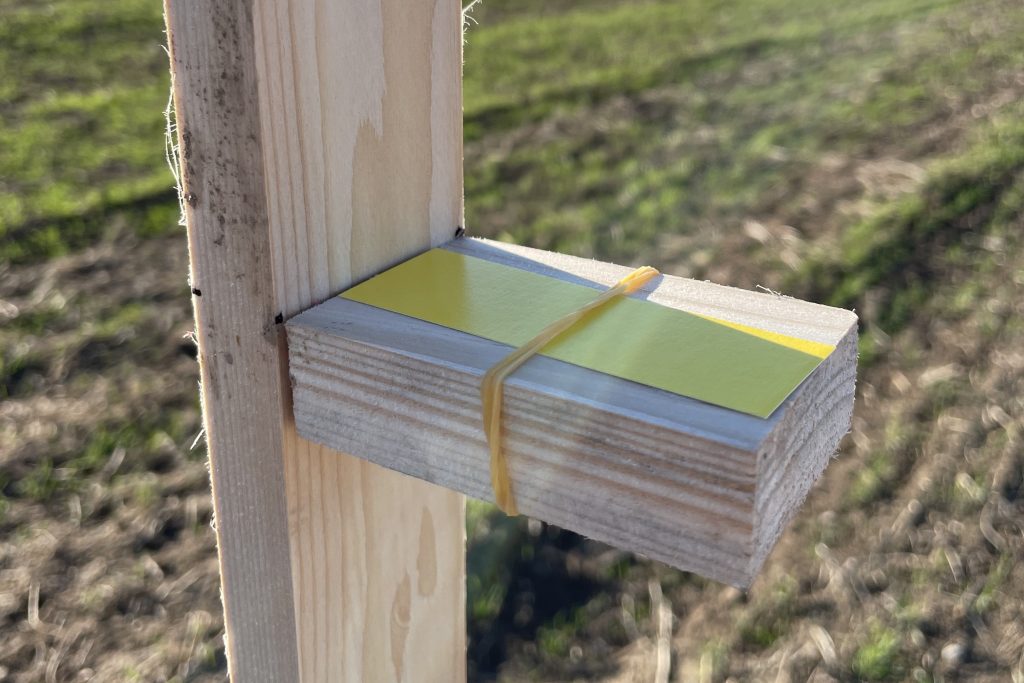
Swiss testing and trials
Our Swiss partners, Agroscope, have embarked on a much more detailed and extensive testing and investigation of this technology. During their activities, they have been particularly concerned with:
- Checking the spraying system before the start of the testing
- Transverse liquid application
- Influencing the application by flight height
- Calculation of the overlap of two areas
- Comparison of three methods of measuring transverse application
- Transverse application with different types of nozzles
- Measuring wind strength
- Visualizations using smoke
- Accuracy of flight paths
- Spray drift measurements
- Measuring the effectiveness of vine treatments
A more detailed description of Agroscope‘s testing can be found in the following article, Drones for spraying in Switzerland.


